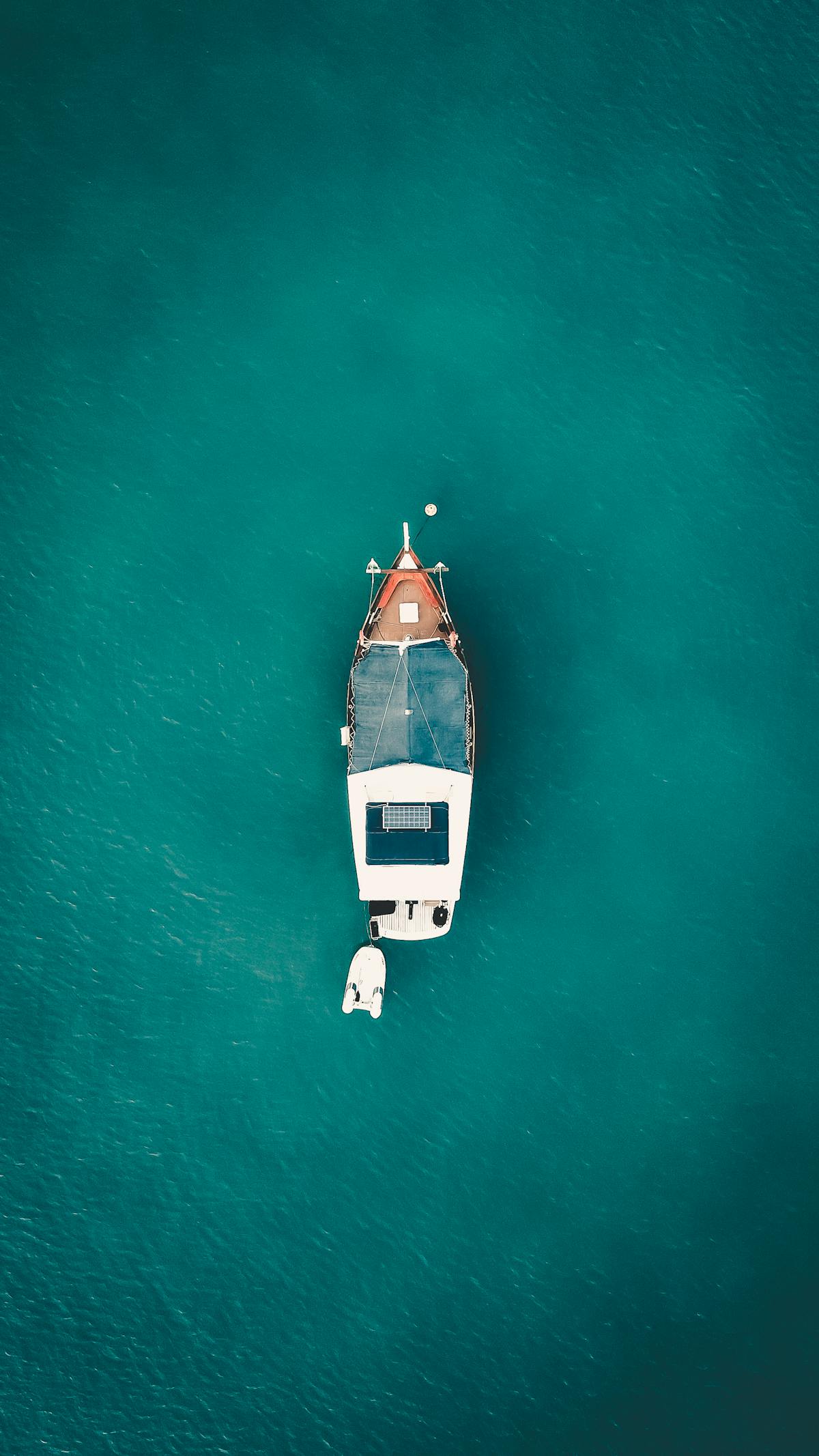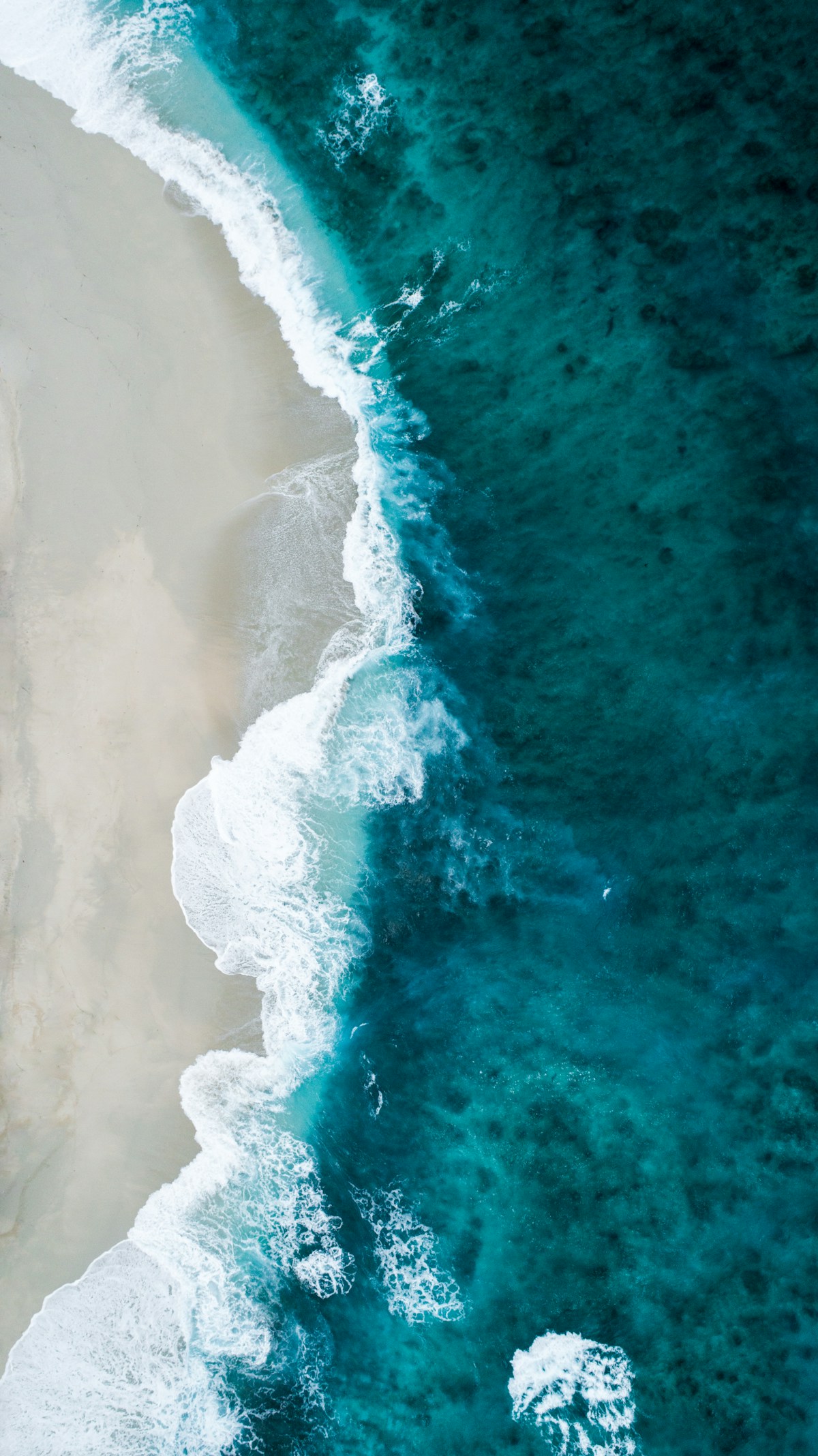Why Beach Safety Matters in Sydney
Sydney beaches are spectacular, but they're also powerful and sometimes dangerous. After twelve years swimming at these beaches, witnessing rescues, and learning from lifeguards, I understand that respect for the ocean isn't fear – it's intelligence. Every year, people drown at Sydney beaches. Most deaths are preventable if people understand basic safety.
I've been caught in rips, stung by bluebottles, encountered aggressive swimmers, and watched lifeguards make dozens of rescues. This experience taught me that beach safety is simple: swim between the flags, understand hazards, and know what to do in emergencies. This guide covers everything you need to stay safe at Sydney beaches.
For Vietnamese visitors: ocean swimming is very different from pool swimming or calm Vietnamese beaches. Australian beaches have rips, strong surf, and unique hazards. But they're safe if you follow rules and swim smartly.
The Red and Yellow Flags: The Most Important Rule
Red and yellow flags mark the safest swimming area. Lifeguards assess conditions daily and position flags where swimming is safest – avoiding rips, rocks, strong currents, and other hazards.
Always swim between the flags. This is the single most important beach safety rule.
I swim outside flags sometimes (rock pool swimming, early morning before flags are up), but I'm experienced and I assess conditions carefully. For visitors and casual swimmers: flags only.
Flag Times
Flags operate:
• Summer (Sep-April): Usually 9am-5pm or 6pm
• Winter (May-Aug): Limited patrol (major beaches only, shorter hours)
• Times vary by beach – check local signage
If flags aren't up, consider swimming at ocean pools instead (safer, no rips, open 24/7).

Understanding Rip Currents: The Biggest Danger
What Rips Are
Rip currents are channels of water flowing from shore out to sea. They form when water pushed to shore by waves finds a path back out (usually where there's a break in a sandbar). Rips can flow 1-2 meters per second – faster than Olympic swimmers.
Rips cause 80% of beach rescues in Australia. They're the number one hazard at Sydney beaches.
How to Spot Rips
Look for:
• Darker, calmer water (channel appearance)
• Fewer breaking waves in that area
• Discolored or murky water (stirred-up sand)
• Foam or debris moving out to sea
• Rippled surface when surrounding water is calm
At Bondi, the 'Backpackers Express' rip runs straight out from the middle of the beach. It's famous for catching inexperienced swimmers.
I check for rips before swimming every time. Even familiar beaches have changing conditions – sandbars shift, creating new rips.
Caught in a Rip: What to Do
DON'T PANIC. Rips don't pull you under – they pull you out. You won't drown if you stay calm.
DON'T swim against the rip. You'll exhaust yourself fighting current you can't beat.
DO these things:
1. Stay calm, float, conserve energy
2. Raise your hand to signal lifeguards (they're watching)
3. Swim parallel to beach (across the rip, not against it)
4. Once out of rip current, swim back to shore at an angle
5. If you can't escape, float and let it carry you out (rips eventually dissipate), then swim back
I've been caught in rips twice. Both times, swimming parallel worked perfectly. I was out of the rip within 20 meters of sideways swimming.
Marine Hazards
Bluebottles (Portuguese Man O' War)
Bluebottles are jellyfish-like creatures with painful stings. They're common in Sydney summer (December-March), especially after onshore winds.
Identifying bluebottles:
• Blue translucent 'balloon' floating on water
• Long blue tentacles (up to 3 meters)
• Often wash up on beach in thousands
Avoiding stings:
• Check beach for bluebottle warnings
• Look for blue balloons in water
• Avoid beach after onshore winds
• Wear rash guard (some protection)
If stung:
1. Get out of water immediately
2. Rinse with seawater (NOT fresh water – makes it worse)
3. Remove tentacles carefully (use stick, not bare hands)
4. Apply hot water (as hot as you can tolerate) for 20 minutes
5. Take pain relief (ibuprofen)
6. See lifeguards if reaction is severe
I've been stung three times. It's painful (burning, welts, sometimes nausea) but not dangerous for most people. Hot water genuinely helps.
Sharks
Shark attacks in Sydney are extremely rare (1-2 per year across all NSW beaches, often non-fatal). You're more likely to die driving to the beach than from a shark.
Risk reduction:
• Swim at patrolled beaches (shark surveillance)
• Avoid dawn/dusk (shark feeding times)
• Don't swim if shark sighting warnings issued
• Stay in groups (sharks target isolated swimmers)
• Avoid murky water after rain
I swim 3-4 times weekly and I've never seen a shark. The risk is minimal.
Stingrays
Stingrays sit on sandy bottom in shallow water. Standing on one causes painful sting.
Avoiding stings:
• Shuffle feet when walking in shallow water (scares them away)
• Don't step directly down
• Watch where you walk
If stung:
• Hot water treatment (45°C for 30-90 mins)
• See doctor (barb can break off in wound)
Sea Lice & Itch
Sea lice are tiny jellyfish larvae that cause itchy rash. Common in summer, especially under swimmers.
Treatment:
• Rinse with fresh water immediately after swimming
• Remove swimmers quickly
• Apply hydrocortisone cream
• Usually resolves in 1-3 days
Sun Safety
Australia has the world's highest skin cancer rates. Sun protection is critical.
The Essentials
Sunscreen:
• SPF 50+ (nothing less)
• Apply 20 mins before sun exposure
• Reapply every 2 hours
• Reapply after swimming (even 'water-resistant')
• Use generous amounts (most people under-apply)
Additional protection:
• Hat (wide-brim, covers face/neck/ears)
• Rash guard or UV shirt (even when swimming)
• Sunglasses (UV protection)
• Beach umbrella or tent
• Avoid peak UV (11am-3pm)
I use zinc sunscreen on face (thick white paste – surfers use it) and SPF 50+ on body. I reapply religiously every 90 minutes. I've had one skin cancer removed – I don't mess around anymore.
Signs of Heat Exhaustion
• Dizziness, nausea
• Heavy sweating then stopping sweating
• Headache
• Rapid heartbeat
• Confusion
Treatment:
• Move to shade immediately
• Drink water
• Cool body (wet towels, fan)
• If symptoms severe, call 000 (emergency)
Swimming Safety
Know Your Limits
Honest self-assessment prevents drowning:
• Can you swim 50 meters in a pool comfortably?
• Can you tread water for 2 minutes?
• Are you confident in deep water?
If no to any of these, stick to shallow water (waist-deep max) and swim close to shore.
Ocean vs Pool Swimming
Ocean swimming is completely different from pools:
• Waves knock you off balance
• Currents pull you sideways/outward
• No walls to rest on
• Salt water is harder to see through
• Conditions change constantly
Vietnamese visitors from cities: if you only swim in pools, be extra cautious in the ocean. Consider starting at rock pools (ocean water but protected).
Never Swim Alone
Always swim with others or at patrolled beaches. If you get in trouble, someone needs to see you and get help.
I break this rule sometimes (early morning solo swims), but I'm experienced and I swim at familiar beaches where I know conditions. For visitors: always swim with others or at patrolled beaches.
Beach First Aid Kit
I keep this in my beach bag:
Essentials:
• Sunscreen SPF 50+
• After-sun aloe vera gel
• Hydrocortisone cream (for bites/stings/rashes)
• Antihistamine tablets (allergic reactions)
• Pain relief (ibuprofen)
• Band-aids (various sizes)
• Tweezers (remove splinters/tentacles)
• Antiseptic wipes
Optional but useful:
• Vinegar (for bluebottle stings – though seawater works)
• Small scissors
• Thermal blanket (hypothermia risk winter swimming)
• Eye drops (salt water irritation)
Total cost: $30-50, lasts all summer. Worth it.
Emergency Procedures
Someone in Trouble in Water
1. Alert lifeguards immediately (yell, wave, run to lifeguard tower)
2. Don't attempt rescue yourself unless you're trained (drowning people panic and pull rescuers under)
3. Throw flotation device if available (esky lid, boogie board, anything that floats)
4. Mark location (note landmarks) so lifeguards find the person quickly
I've alerted lifeguards twice. Both times, they had the person out within 60 seconds. Lifeguards are professionals – let them do their job.
Calling Emergency Services
Emergency number: 000 (works from any phone, even without credit)
What to say:
• Which emergency service (ambulance, police, etc.)
• Exact location (beach name, nearest access point)
• Nature of emergency
• Number of people affected
• Any immediate dangers
CPR Basics
If someone's pulled from water unconscious:
1. Check responsiveness (tap, shout)
2. Check breathing (look, listen, feel for 10 seconds)
3. If not breathing, call 000 immediately
4. Start CPR: 30 compressions (hard and fast in center of chest), 2 rescue breaths
5. Continue until help arrives or person starts breathing
I'm not a medical professional – this is basic guidance only. Take a first aid course for proper training.

Alcohol and Swimming
Never swim after drinking alcohol. Alcohol impairs judgment, slows reactions, and reduces swimming ability. Many drownings involve alcohol.
Drinking at the beach after swimming? Fine. Drinking then swimming? Stupid and potentially fatal.
Beach culture includes drinking (BYO at designated areas is legal), but responsible people drink after swimming, not before.
Children at the Beach
Supervision
• Keep children within arm's reach in water
• Never take eyes off children (not even briefly)
• Designate one adult as 'water watcher'
• Use bright colored swimmers (easy to spot)
• Wrist ID bands with contact info
Teaching Water Safety
• Explain flags and why we swim between them
• Teach to stay where they can stand
• Practice waving for help
• Never swim alone rule
• Show them where lifeguards are
Beach Safety Myths
Myth: Only weak swimmers drown
Reality: Strong swimmers drown when they panic in rips or fight currents. Technique matters more than strength.
Myth: Rips pull you underwater
Reality: Rips pull you out to sea horizontally. Stay calm, float, and signal for help.
Myth: Sharks are the biggest danger
Reality: Rips cause 80% of rescues. Drowning risk is thousands of times higher than shark attacks.
Myth: You can't sunburn on cloudy days
Reality: UV rays penetrate clouds. You can burn even on overcast days.
Myth: Fresh water helps bluebottle stings
Reality: Fresh water makes stings worse. Use seawater or hot water (45°C).
Lifeguard Signals & Beach Flags
Flag Meanings
Red & Yellow: Safe swimming area (swim here)
Red: Danger, beach closed (don't enter water)
Yellow: Caution, strong currents (experienced swimmers only)
Red & White (quartered): Surfcraft area (surfboards, no swimmers)
Black & White (checkered): Watercraft area (jet skis, boats)
Lifeguard Signals
• Arms raised above head: You're outside safe swimming area, move between flags
• One arm raised sideways: Move in direction lifeguard points
• Whistle blasts: Pay attention to lifeguard signals
• Continuous whistle: Emergency, clear water immediately
Weather Conditions
When to Avoid Swimming
• Thunderstorms (lightning risk)
• Heavy rain (runoff creates pollution, poor visibility)
• Strong onshore winds (bluebottle risk, rough conditions)
• Large swell warnings (heavy surf, strong rips)
• After sewage overflow warnings
Check conditions before going:
• BOM (Bureau of Meteorology) website
• Beachsafe app
• Coastalwatch
• Beach webcams
Vietnamese Visitors: Cultural Safety Notes
Ocean difference: Pacific Ocean is far more powerful than South China Sea beaches. Waves, currents, and conditions are more dangerous.
Swimming ability: Be honest about your swimming ability. Ocean swimming is completely different from pools.
Language barrier: Lifeguards speak English. If you need help, basic English phrases:
• 'Help!' (universal)
• 'I can't swim well'
• 'Current/rip'
• 'Child missing'
Cultural differences: Australians take beach safety seriously. Following rules isn't about authority – it's about not dying. Respect lifeguard instructions.
Learning More About Beach Safety
Courses:
• Surf Life Saving Australia: Beach safety workshops
• Royal Life Saving Society: Swimming & water safety
• First Aid courses: St John Ambulance, Red Cross
Apps:
• Beachsafe: Beach conditions, hazards, safety info
• Westpac Lifesaver Rescue Drone: Real-time beach info
• PulsePoint: Locate AEDs (defibrillators)
Why I Care About Beach Safety
I've seen lifeguards pull unconscious people from the water. I've watched tourists ignore warning signs and need rescuing. I've seen bluebottle stings send kids to hospital. And I've heard about drownings at beaches I swim at regularly.
Beach safety isn't paranoia – it's respecting powerful natural forces. The ocean doesn't care about your swimming confidence or how good you are in a pool. It will drown you if you're careless.
But beaches are also safe if you're smart: swim between flags, understand rips, use sun protection, assess conditions, and know your limits. Do these things, and Sydney beaches are spectacular, accessible, and safe.
For Vietnamese visitors: I want you to enjoy Sydney beaches safely. They're different from Vietnamese beaches, but they're manageable if you follow basic rules. Swim between the flags. That's the foundation of everything else.
This guide isn't meant to scare you – it's meant to prepare you. Respect the ocean, follow safety rules, and you'll have incredible beach experiences without danger.























